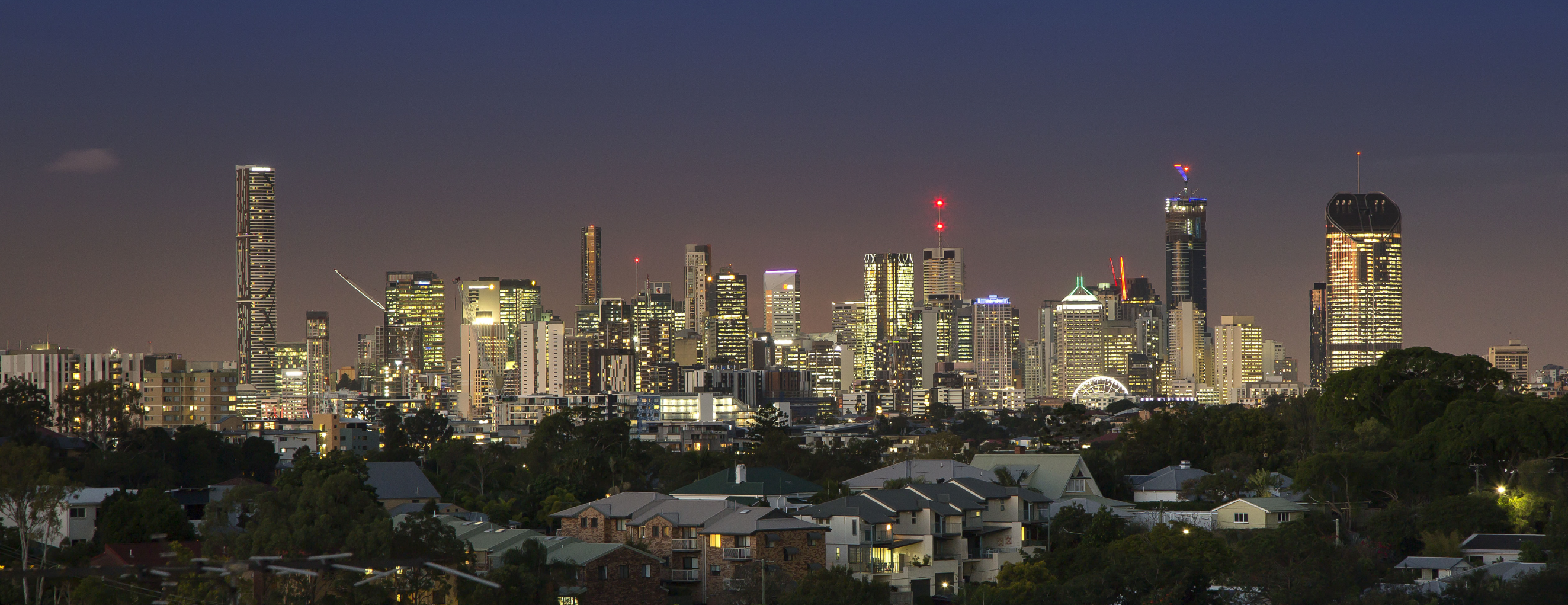Four Ingredients For Growth
As we begin a new financial year it’s perhaps an appropriate time to reflect on the last twelve months and look to what is ahead.
It’s been a quiet start to 2019 but our market has held up incredibly well in comparison to our Southern neighbours Sydney and Melbourne both of which have seen double digit declines from their recent peaks. The property market has had to deal with the financial services royal commission, a slowing economy and election uncertainty. The industry has seen days on market increase to an average of 60 (up from 35 twelve months ago) and stock levels across greater Brisbane have been down close to 10%.
In recent weeks on the ground across open homes and auctions we have felt a change of energy and activity setting up a promising period ahead. This is supported by the recently released CBRE Residential Report which highlights an increasing number of buyers looking to enter residential markets. Our office has experienced an incredible run of off market sales. This is typical of a market with low stock levels where buyers are starved of options and are ready to take quick action to secure a home in a quality location. I believe this bodes well for new homes entering the market in the second half of the year.
Here are four reasons we expect a strong start to the new financial year:
1. The Reserve Bank has cut official interest rates by 0.25 percentage points to a new low of 1 per cent, the second consecutive month it has cut rates;
2. The banking regulator loosening constrains on mortgage credit;
3. Re-elected Coalition government shutting down talk on changes to negative gearing and capital gains tax;
4. Brisbane’s affordability in comparison to our Southern neighbours and strong interstate migration.
The recently released Domain Property Report predicts a rise of between 3% – 5% for Brisbane property prices in 2020. We must remember that we have a very fragmented market and some inner city locations with access to quality social infrastructure could see significantly larger gains.
For house prices to grow we need population and wage growth. Net interstate migration, a key driver of housing demand, has rebounded in the past 12 months. House price refugees from NSW and Victoria have once again made Queensland the most popular state for interstate migration. With our added lifestyle appeal, Brisbane looks very attractive indeed. Interestingly, Queensland’s resources industry is creating one new job every 45minutes. Improving employment growth and a return to job creation are terrific signs.
We are also keeping an eye on the tight residential vacancy rates. After all the hand-wringing about Brisbane’s apartment oversupply, the unit market downturn hasn’t turned out to be as severe as it could have been. Developers have self-regulated, delaying or shelving projects to stem the flow of new stock. Meanwhile jobs growth and higher incoming migration have boosted demand for accommodation. Rentals are tight, with Brisbane’s vacancy rate at just 2.9%, down from 3.5% a year ago.
Money has become cheaper easing the pressure on home owners. Mortgage rates are at their lowest since the 1960s. A 25-basis-point cut on a $750,000, 30-year, principal and interest average variable rate of 4.32 per cent will cut monthly repayments by about $109 a month, or more than $39,000 over the term of the loan. For anyone considering purchasing in the short to medium term we can’t recommend highly enough that you start the process with your broker or bank well in advance. A pre-approval and being able to act quickly significantly enhances your chances of securing a quality home.
Where does all this leave Brisbane on the ‘property clock’? Herron Todd White believe the Brisbane market is still finding its feet a little in the wake of the election result and recent interest rate cuts. We believe there is a lot to be positive about and we are on the cusp of entering a phase of sustainable and steady growth and look forward to an exciting second half of the year.



